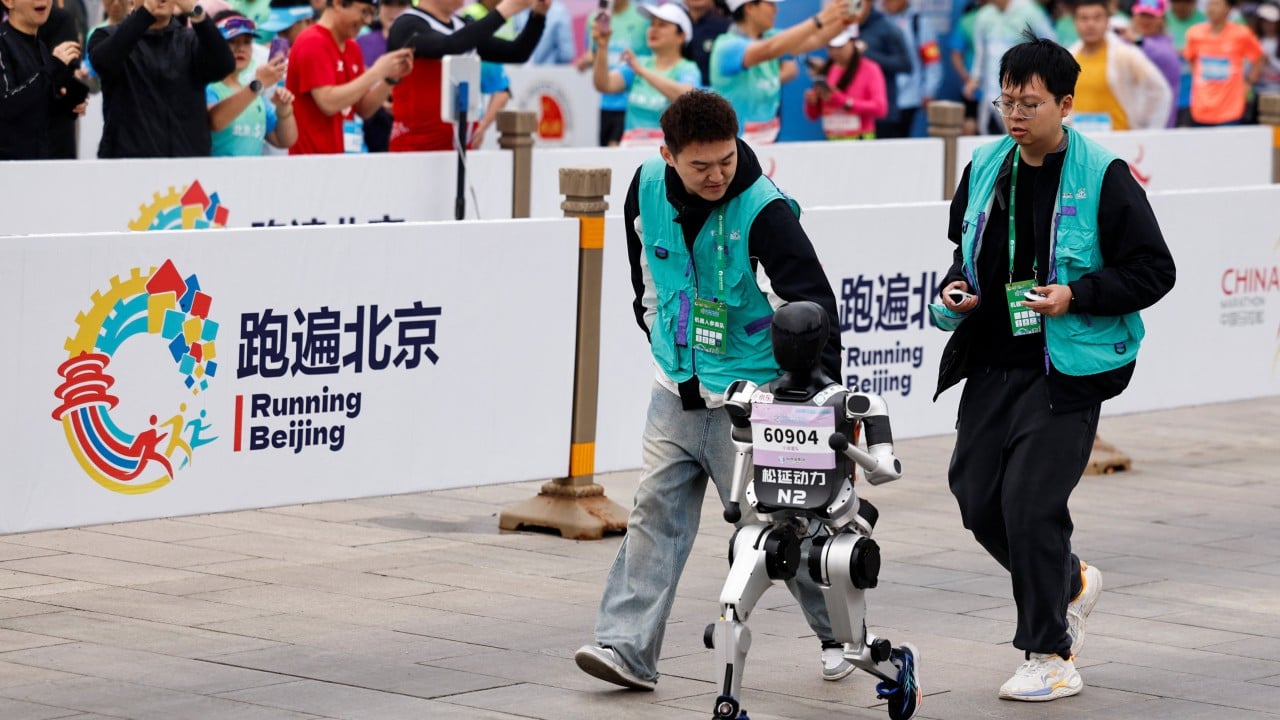30 October, 2025
0 Comments
0 categories

Power shifts begin in places most people never see – on assembly lines making batteries and robots, along transmission lines feeding data centre clusters, in local offices selling land and in labs training artificial intelligence models. The United States and China are using these quiet levers to construct different futures.
The contest will be decided not by slogans but by who builds the most productive, trusted and durable infrastructure. Those choices will shape billions of lives.
The global supply chain for clean technologies shows why. China dominates solar manufacturing, from raw materials to finished panels. Its share at every stage of the process exceeds 80 per cent. Years of credit, industrial policy and scale have pushed costs so low that solar expansion elsewhere pretty much depends on Chinese exports.
Electric vehicles show a similar pattern: China sells most of them. EVs make up a much larger share of its car market than in the US. These strengths give China leverage in pricing, innovation and standards.
This is amplified by automation. In 2024, nearly three-quarters of all industrial robots were installed in Asia. China installed more than the rest of the world combined. Robots help offset a workforce shortage. China is also turning manufacturing muscle into scientific momentum: its researchers produce as many artificial intelligence (AI) papers as the US, Britain and European Union combined, capture a large share of global citation attention and file far more AI-related patents.
Yet, the US still dominates the frontier: its private investment in AI dwarfs China’s. American companies also produce most of the top-performing models. Scale on one side and cutting-edge innovation on the other define this competition.


